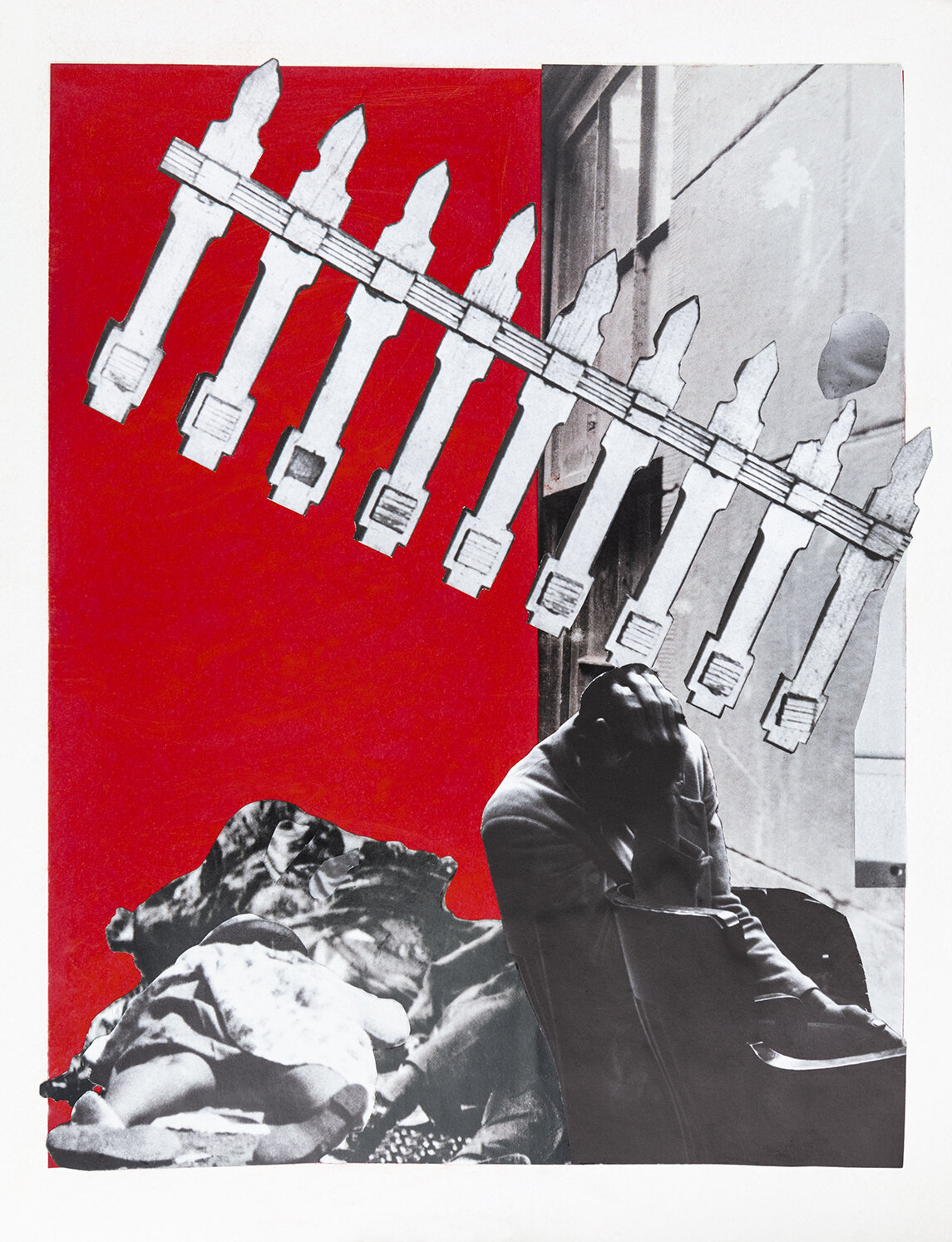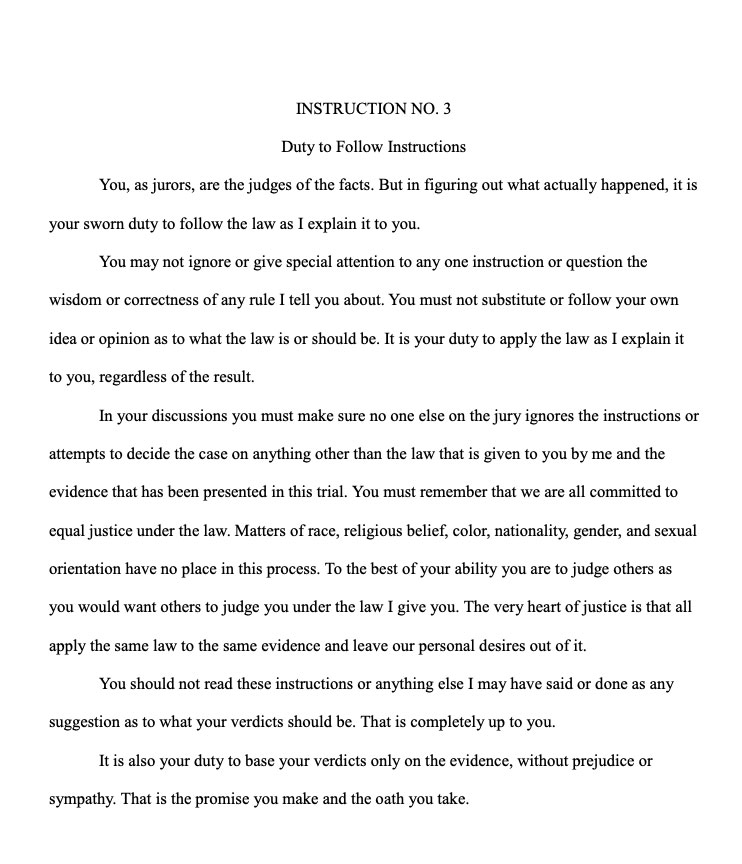Ninety-five percent of those incarcerated in prison (97% of those incarcerated in jail) will be released and their criminal status will impede successful reentry. We want them to be successful not just for society’s sake, but also for the sake of our fellow human beings, those who have been incarcerated. So helping them and treating them as neighbors is a benefit to all. It is also just; they have served their time and are now in need of help to become an integral part of their community.
Incarceration is defined as deprivation of liberty and should mean only that, but reentry tells us that it is more; it is also deprivation of social and personal growth.
The United States locks up over 2 million citizens. DOJ estimates that over 600,000 are released each year, though the number is significantly higher if jail releases are included. We want these fellow citizens to contribute positively and become productive members. We do not want them to reoffend. Even so, prisons insure the inmates will come out in poor health and angry; prisons prepare their wards for failure and re-incarceration.
Prisons show little heed to physical, mental, educational, or vocational needs. The housing is designed to humiliate the offender: they are housed in an 8’ x 10’ bathroom. Prisons feed the inmates food that is notoriously bad and will not sustain a normal adult. Whenever I visited a client in Ely State Prison in Nevada, we would meet in a large cafeteria like room with tables and vending machines. The client always would ask for me to buy him “real food” out of the vending machines. At another prison in Nevada, one of the minimum security prisons, they would feed each man on $1.50 a day. I would always see the deterioration of their health over time. Education and positive stimulation were other problems. Non-existent in the prisons I know. which is every prison in Nevada and Jackson State Prison, the maximum state prison, in Georgia.
Reentry says much about what incarceration is and what it is not. Because of what prisons have meant societally and historically, reentry requires much of those coming out of prisons and they are ill equipped to deal with the stressors they meet upon leaving. They must re-establish family relationships, reenter a truncated job market, and relearn how to be a community member. Many ex-prisoners develop serious health issues and often chronic conditions like diabetes, Hepatitis C, asthma, as well as mental issues. What can we do to allay some of this distress for those who have indeed already paid for their crimes? The first step is simple recognition that they are our fellow citizens and they have paid. Separation from society is the punishment; further punishment beyond that is not required. The second, which is harder to do, is to understand that formerly incarcerated are often victims themselves of violence and trauma.
That is where I will leave it for today.



















